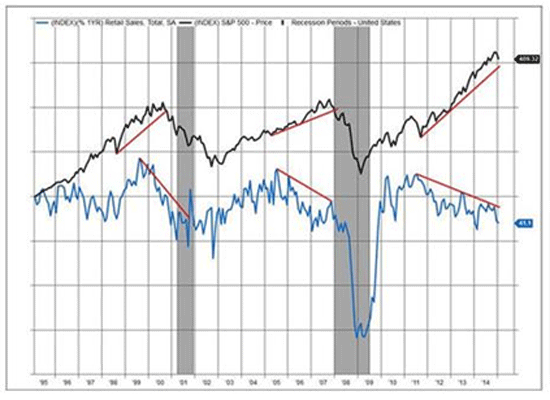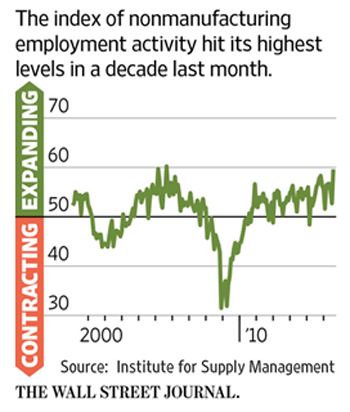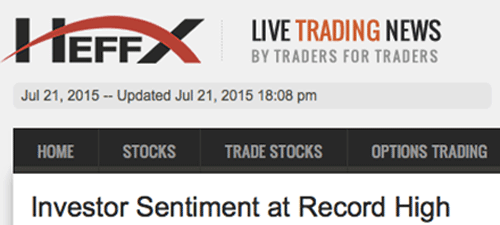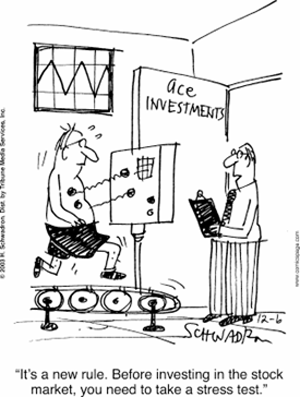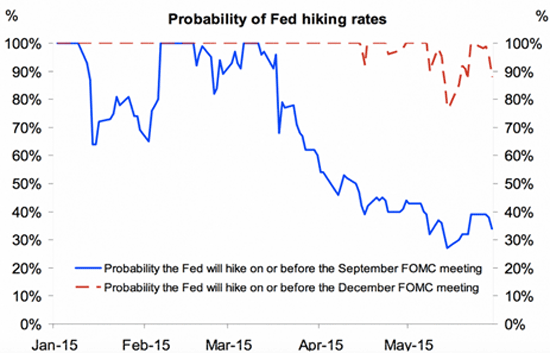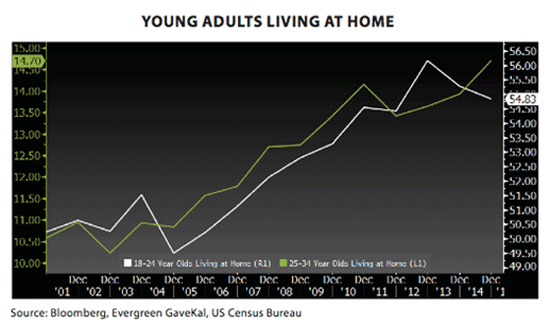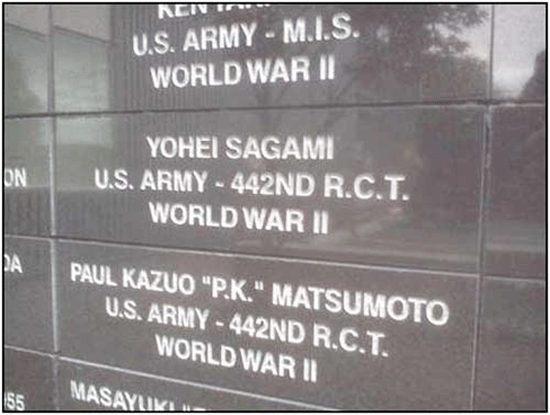Connecting the Dots: Kiss Christmas and Retail Stocks Goodbye
By Tony Sagami
In my article from November 17, I touched on the growing number of retailers that report shrinking traffic and disappointing sales:
Our consumer-driven economy is not getting any help from suddenly sober shopaholics. In the most recent report, the Commerce Department reported that retail sales rose by a measly 0.1% in September. And it didn’t matter where you wear Gucci loafers or Red Wing work boots.
Since then, the retail landscape has gotten even muddier.
The Commerce Department reported that retail sales increased by a miserly +0.1% in October, below the +0.3% Wall Street was expecting. Additionally, sales for the month of September were revised downward from +0.1% to 0.0%.
So this is what the last three months look like:
August 0.0%
September 0.0%
October 0.1%
You should pay careful attention to retail sales because there is a strong correlation between plunging retail sales and plunging stock prices!


